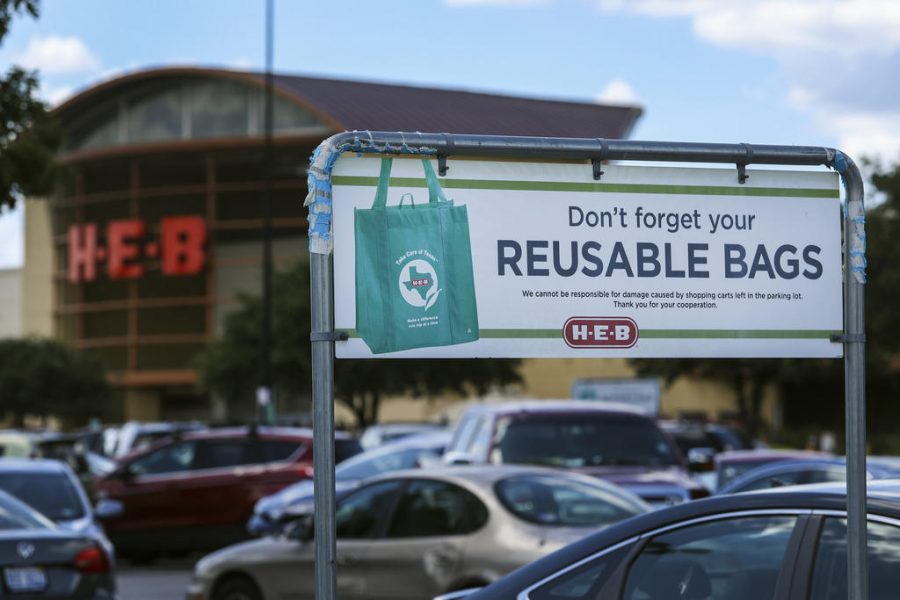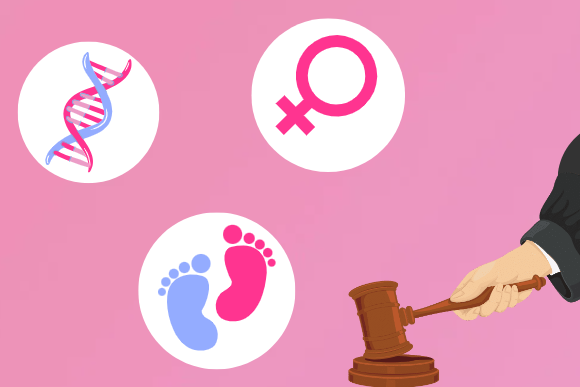How Austin Should Reduce Plastic Bag Waste
Opinion
To consumers, plastic bags are convenient. They’re easy to use when getting the shopping goods to the car, and disposing of them later is just as simple.
But once they go in the trash, it becomes infinitely more complicated. Not only are plastic bags hard to recycle, but even when they are sent to landfills, they cause problems by taking hundreds of years just to break down into toxic microplastics that then pollute the earth. All this trouble is created for bags that are only used for a couple of minutes.
In March 2013, as part of the 2011 City of Austin Resource Recovery Master Plan, a Single-Use Bag Ordinance (SUBO) was put into effect by the Austin City Council. This ban prohibited the use of the troublesome non-reusable plastic and paper bags in most businesses and set requirements on the types of reusable bags these businesses had to provide instead.
Although a 2015 study conducted for Austin Resource Recovery concludes that the law was largely successful in reducing the amount of single-use plastic bags, it also remarks that the reusable bags used as a replacement have the same or worse of a detrimental impact on the environment. The thicker four mil plastic bags are rarely recycled due to, among other reasons, the issues it causes for recycling machinery when being processed. As the report recommends, the next step should be to ban these bags as well. However, as a result of a ruling in July 2018 by the Texas Supreme Court, cities are not legally allowed to ban single-use bags anymore because it violates the Texas Solid Waste Disposal Act. How else should Austin promote its waste reducing initiative?
Now that the city government can’t place regulations, the responsibility falls on local retailers and stores to decide what they will do. As is reasonably expected, many businesses have or will return to using disposable bags because of their convenience. But all is not lost on this front, as several other stores are voicing their commitments to continue supplying reusable bags. The city needs to reach out to major retailers and encourage them to keep up their policies. Coordinating with them to come up with the most beneficial solutions is crucial to improve the Master Plan as well as uphold it. Convincing at least some of the big businesses to continue with reusable bags will likely also persuade other stores to follow along for the sake of public perception. Besides, the motivation is already there – selling reusable bags can actually make businesses more money. Retailers will no doubt continue to play a big role in the plastic reducing fight, so the government needs their help.
Of course, advancing further will require the cooperation of the citizens. Lack of knowledge on the dangers of plastic remains, as always, a problem to deal with. Activist groups are still spreading the word and gaining support, but the city can also significantly contribute. Accompanying the 2013 SUBO was a dedication of around $2 million to a public education program about the environmental issues stemming from the use of single-use bags. Investing more money in programs like these and interacting more with the general community, perhaps through social media, can effectively booster awareness without violating state law.
The days of the bag ban are over, but the five years it stayed in effect have not been useless by any means. Many consumers in Austin have made conscious efforts to limit waste damages by instead relying on the help of reusable bags. In response to the Texas Supreme Court’s ruling, people and stores are pulling together to keep the earth-friendly effort going. The city still has plenty of opportunities to continue making an impact and should certainly take advantage of them. No product used for so little time should have such a huge impact on the environment.

This is my second year on the student press staff and first year as an opinion editor. Aside from writing stories and taking photos for press, I spend...







